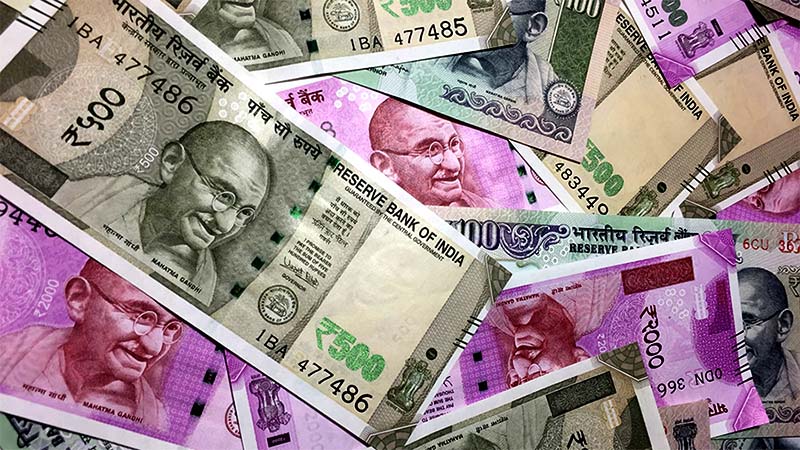How big is India’s Digital Economy?
1 hour ago
WHAT IS DIGITAL ECONOMY?
The digital economy refers to the economic activities that emerge from connecting individuals, businesses, devices, data and operations through digital technology. It encompasses the online connections and transactions that take place across multiple sectors and technologies, such as the internet, mobile technology, big data and information and communications technology.
SIZE AND SHARE OF INDIA’S DIGITAL ECONOMY
The Indian economy has been digitalising at a remarkable...


Comments
Write Comment